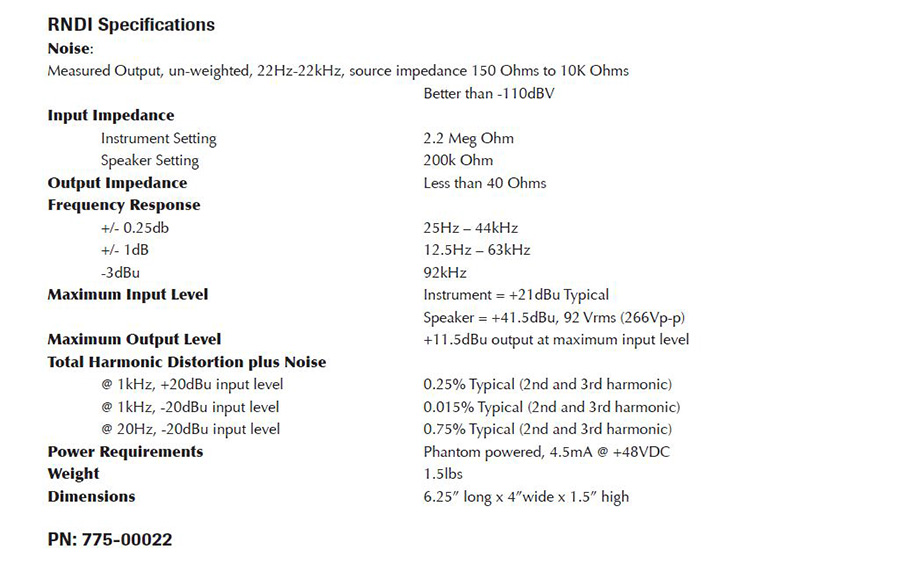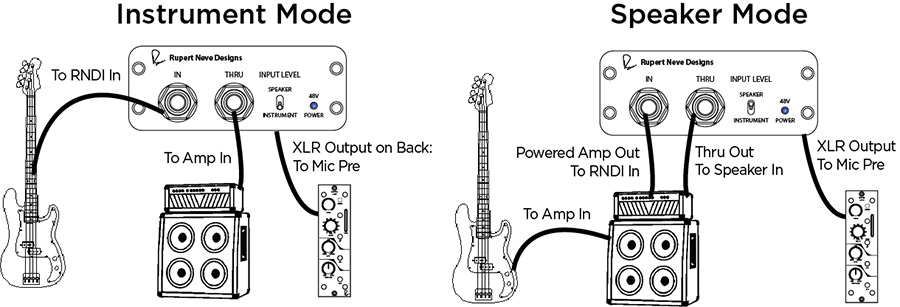Today, I’m talking about one of my favorite pieces of audio gear – the Rupert Neve RNDI direct box.
You’ll hear for yourself how it sounds on electric guitar and bass and I’ll show you some of my favorite features, including one feature that instantly let me know I needed this DI box!
The Rupert Neve Sound
If you’ve been lucky enough to work on a Neve console, then you’ve experienced the richness and punch that Rupert Neve’s designs bring to an audio signal chain. Even if you haven’t used a Neve console, you’ve probably still experienced the Neve sound in many of your favorite records.

I don’t usually put so much emphasis on the brand name when reviewing products. But when it comes to Neve gear, I make an exception because of the reputation Rupert Neve built with his designs over so many years.
The Rupert Neve RNDI features custom transformers and Class A biased, discrete FET amplifiers. I recognize that might mean absolutely nothing to you, depending on your experience with electronics. So, listen to the audio example in the video above to hear the difference you can expect compared to a budget DI box like the Whirlwind IMP-2.
John Thomas, the general manager at Neve Designs, had a great analogy about the importance of high-quality circuitry in a DI box that he shared in this video clip…
In addition to the clarity, transparency, and extremely low self noise that comes along with its design, this DI box also has incredible phase coherence, which is especially valuable when blending a DI signal with a microphone signal together.
Specifications & Features
The Rupert Neve RNDI is an active DI box, which means the internal circuitry requires power to operate. That power is supplied through phantom power from your audio interface, mixer, or mic preamp.

It’s got a flat frequency response from 20Hz to 20kHz and an extended frequency response from 10Hz to 92kHz!
Another feature that really sets this DI box apart from anything I’ve used in this price range is its input headroom. You can send a pro line-level signal into this DI without the use of a pad, so it’s more than capable of handling any instrument or line level source you need to connect.
Honestly, this is already enough to justify the price, in my opinion. But when I heard about this next feature, I knew this DI was worth the investment…

When you flip the switch from “instrument” to “speaker”, the DI can accept up to a 1000W signal from the power output of your amplifier! If you love the sound of your guitar or bass amplifier, this is going to be one of your favorite features too.
Instead of connecting your instrument directly to the DI box and capturing the sound before the amplifier, you can connect the output of the amplifier to the DI and capture the sound after the amp.
This means you’ll be capturing all of the tube warmth and saturation from your amp, which probably accounts for a large part of your tone. Listen to the examples in the video above to hear the difference for yourself!
